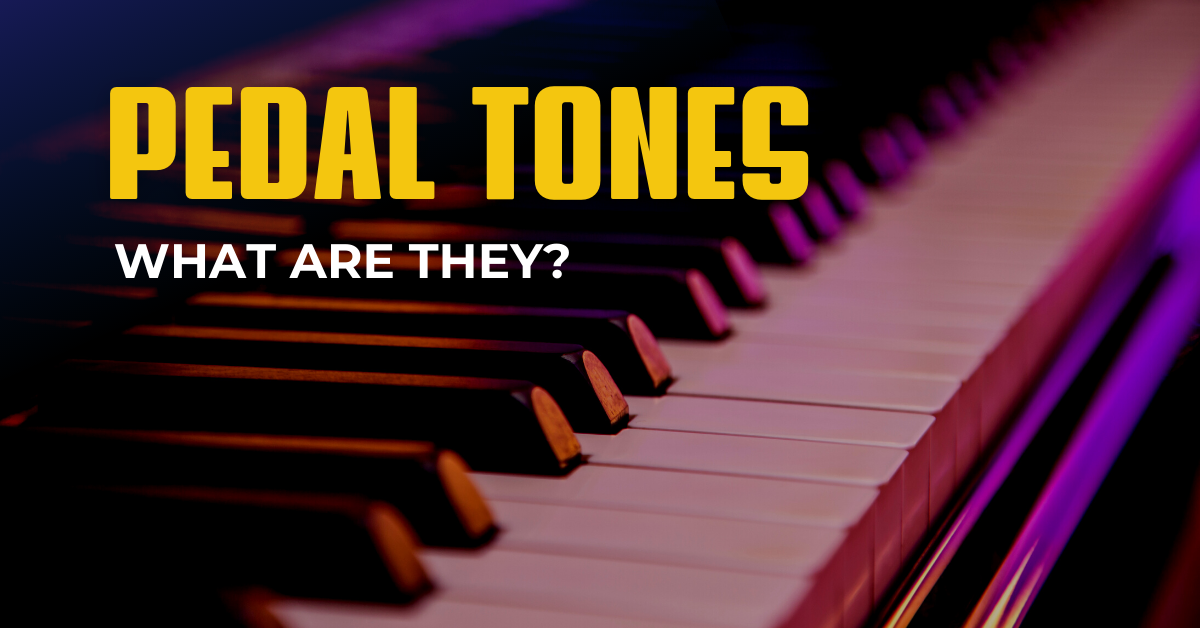Pedal Tones - What Are They?

Pedal tones are usually thought of as a jazz topic that is reserved for advanced study. That's sort of ironic because they can be incredibly simple and easy to use. And what's best is that when used properly (which we'll discuss in a moment) they can be hugely effective, giving the music a little bump or shot of excitement that is sometimes needed. Pedal tones are often not understood and so students generally shy away from using them. But soloists, comping instruments (that's us pianists), and singers LOVE them! So let's check out some ideas for using pedal tones in your playing.
Pedal Tones: What Are They?
Put simply, a pedal tone is a sustained note, typically in the bass, that is held or re-sounded while other harmonies are moving above. For pianists, this is a harmonic device - meaning we use it when thinking of chords in a comping setting. To put this into piano-specific terms, an example of a pedal tone would be if you played and held a 'G' with your left hand in the bass register of the piano while playing a variety of chords in your right hand.
In an orchestral setting, the pedal tone might be played by a number of instruments, for example the low brass or low strings. Other instruments might outline the chord progression or melody above the pedal tone.
So that's it, right? A pedal tone is just a sustained note held underneath whatever chords or harmony are going on above. And I can just use any note as a pedal tone whenever I feel like it, right? Well, not exactly.
Pedal Tones: How Are They Used?
Pedal tones build musical excitement and suspense because they create tension and at times dissonance. This tension and dissonance (and eventual release) is what gives the music a little shot of adrenaline when we hear pedal tones being used. But knowing when to use them is key. Because if used too frequently, or in a place where the music really needs to have the roots played beneath the chord, pedal tones can create a sense of cacophony.
So let's talk about some places - in a cocktail piano setting - where it's a really great idea to get comfortable using pedal tones.
INTROS
Pedal tones can work great under a "ii - V - I - vi" progression, which is a very common progression used in jazz intros (and endings, and everywhere else in jazz).
The idea here is that you can use it as a continuous loop, repeating the progression as an intro until ready to start the song.
STATIC CHORDS
Static chords are chords that sit for a long time without going anywhere (i.e., modal tunes like "So What"). So if you have a chord that lasts for a few measures, try using a pedal tone and playing a variety of chord shapes above it.
TUNES
Now that you know what pedal tones are, listen closely for them in recordings of jazz standards. For example in "All the Things You Are," it's very common to use a 'D' pedal tone on measures 17-20 and a 'B' pedal tone for measures 21-23.


